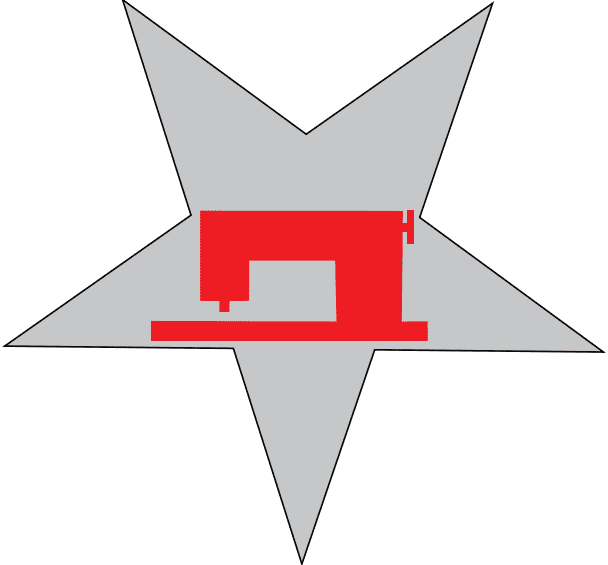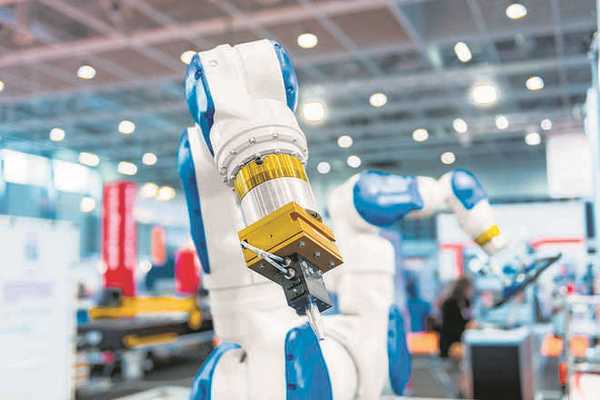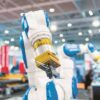Introduction
The automation revolution in fashion has communicated the last couple of years. Garment manufacturing by Sewing Robots has shown that the first fully automated industry is the sewing industry. Electric sewing machines are used for over 100 years; however the important issue is that skilled operators are needed to guide the textile materials during sewing. Now such Robotics or Automation has evolved and therefore the range of workers required for mass production of clothing has been well reduced. Automated and Robotic Sewing Technology has evolved by igniting a big change within the field of garment manufacturing.
Automation in Sewing
In countries like Pakistan, Vietnam, Cambodia and Laos most of the garment production process particularly the sewing process remains done by accomplished workers. Manufacturers haven’t created vital progress in getting automatic sewing machines or Sewing Robots, this has helped keep their investment low. However, manufacturers who haven’t invested in modern equipment and fashionable instrumentation, face extreme competition to keep labor costs low. Currently due to the automation of the sewing process, industrial robots are being built which will handle fabric pieces throughout the robotic activities, wherever no labor will be required. Automation has also additionally supplementary a brand-new dimension to several additional works as well as fabric sewing (lock stitches, chain stitches etc.), fabric gripping, label attaching, button sewing, button holes, 3D seam, pillowcase making and fabric roll joining.
Industrial Robot (SEWBO)
Sewbo is an industrial robot utilized in garment industry for fabric gripping and handling. There are some experimental trials to sew the entire garment using sewing robots. One such example is Zornow’s robot “Sewbo” which can automatically handle fabric pieces during sewing. The robot “Sewbo” invented by Zornow in 2015 can sew a T-Shirt from begin to complete. This success was a milestone in achieving 100% automation to form an entire outfit. The robots are often programmed for a particular size and style. If the size or style of a garment changes, the robot needs to be re-programmed.




